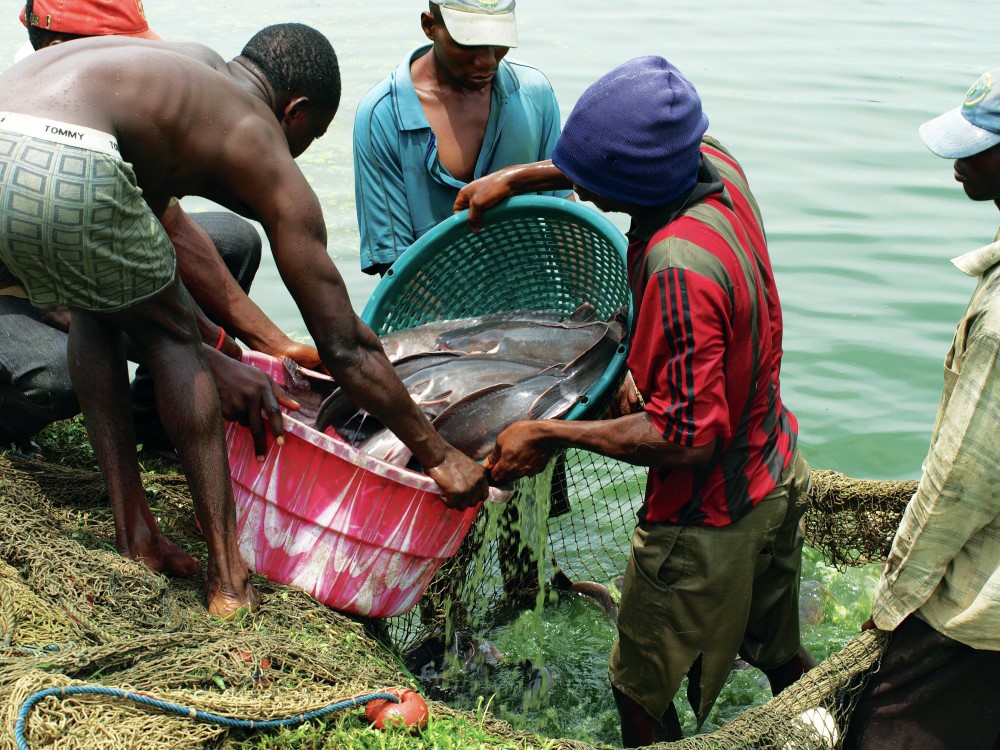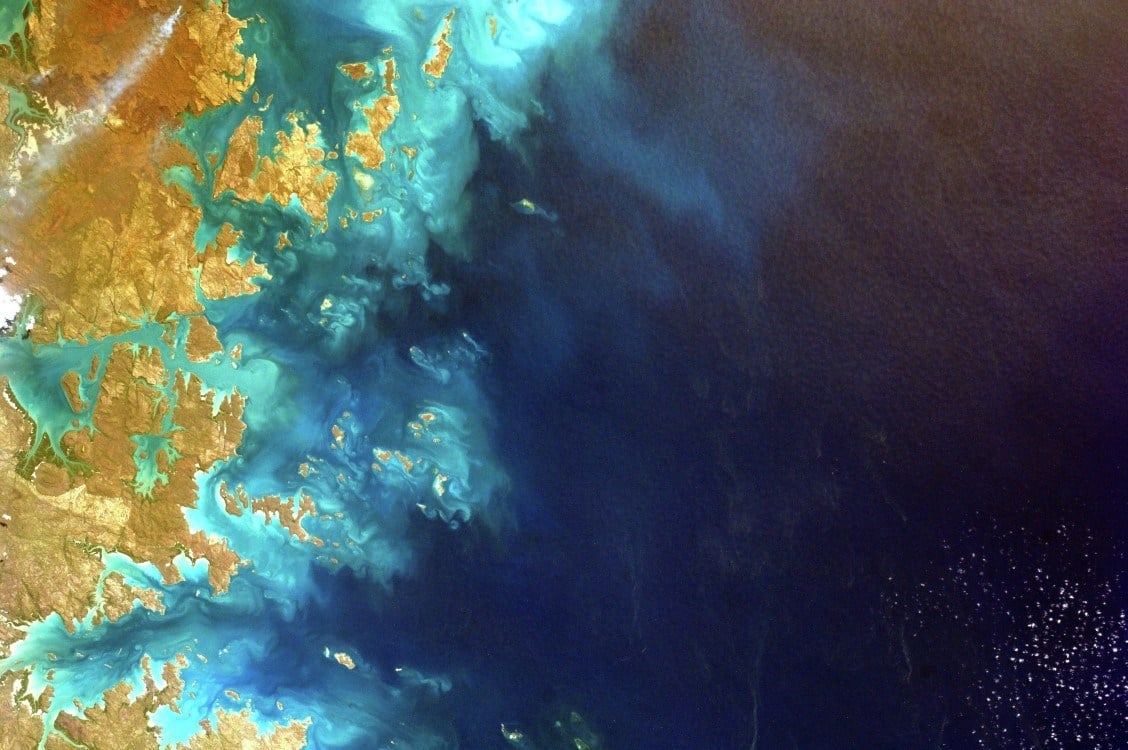Aquaculture's 2050 challenge
Providing essential sources of food, income and livelihood for many millions of people, the global importance of seafood cannot be overstated. Seafood provides about 3.3 billion people with more than 20% of their average per capita intake of animal protein (Source: ‘The State of World Fisheries and Aquaculture’, FAO 2020).
From a health perspective, seafood is an excellent source of easily digested, high-quality protein, and provides crucial fats, vitamins and minerals. As such, it’s accepted that even consuming small quantities can have a positive nutritional impact for people of all ages.
Because the global demand for seafood is growing at an unprecedented rate and the output of capture fisheries has longlingered at current levels, the onus has been on aquaculture to supply increasingly larger volumes.

In rising to this task, the human consumption of farmed species eclipsed that of capture fisheries products in 2014, and has continued on this growth trend. Looking towards meeting the seafood needs of 2050’s population, aquaculture has the capacity to continue to expand and the consensus is that the farming of aquatic products will become an increasingly prominent source of food globally. And yet to maximise its contribution to sustainably feeding 9.5 billion people, aquaculture needs to overcome its reliance on formulating feeds from conventional marine ingredients.
While inclusion rates in aquafeeds have shown a clear downward trend as the feeding efficiency of fish and shrimp farming systems have advanced, this selective use alone is not sufficient to ensure that the required aquaculture growth rates can be sustained in the long-term.
While inclusion rates in aquafeeds have shown a clear downward trend as the feeding efficiency of fish and shrimp farming systems have advanced, this selective use alone is not sufficient to ensure that the required aquaculture growth rates can be sustained in the long-term.
Fish meal and fish oil are considered among the most nutritious and digestible ingredients for farmed fish and shrimp feeds, but supplies are finite because they are sourced from capture fisheries. There is also rising competition for these ingredients coming from other industries. So while inclusion rates in aquafeeds have shown a clear downward trend as the feeding efficiency of fish and shrimp farming systems have advanced, this selective use alone is not sufficient to ensure that the required aquaculture growth rates can be sustained in the long-term. To support the continued progress and profitability of value chains, and to meet broader food and environmental security commitments, aquaculture needs to prioritise the further reduction of its dependency on these ingredients. The application of new sustainable raw materials and specialty ingredients in aquafeeds – both through replacement and interchange – offers a means to do just that.
